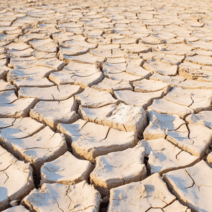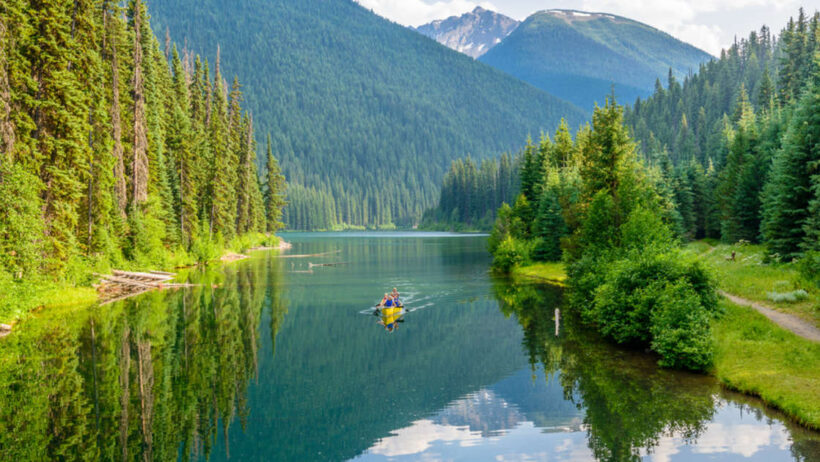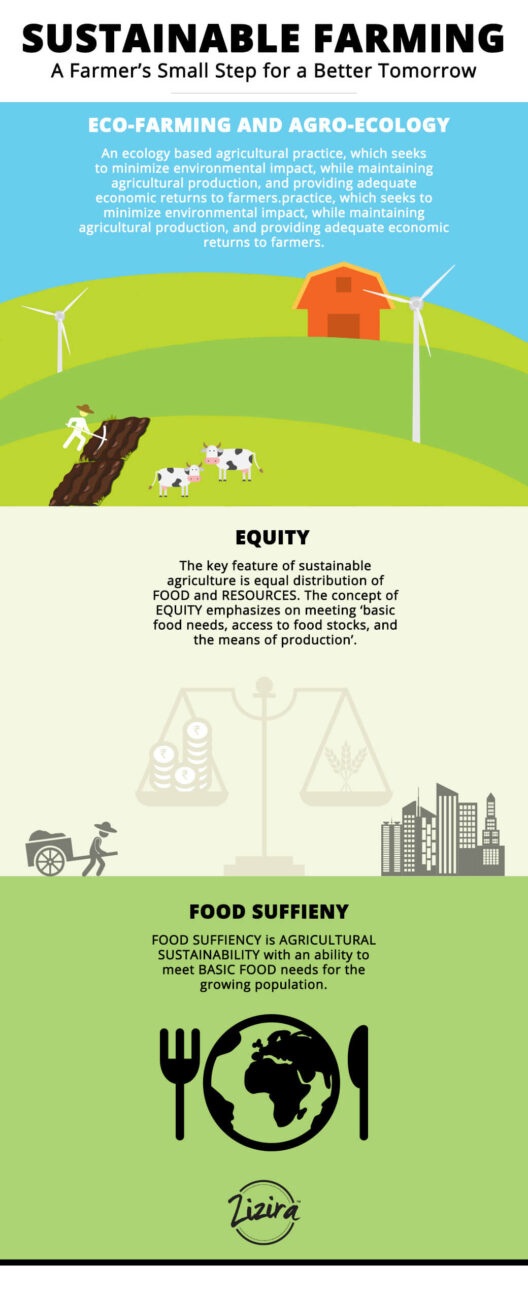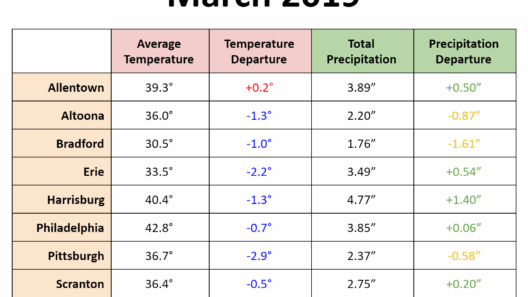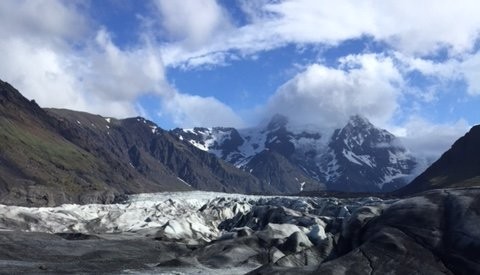Canada, the second-largest country in the world, is known for its vast landscapes, majestic mountains, and rich diversity of ecosystems. However, what truly distinguishes Canada is its climate, which varies dramatically from one region to another. This variability gives rise to a plethora of climatic phenomena, each presenting its own unique charm and challenges. What, then, is the climate of Canada like, and how does it influence the lives of its residents, from the icy winters to the sun-soaked summers? Can you imagine a place where snow-covered landscapes transition into lush green valleys, all within a few short seasons?
The Canadian climate is characterized primarily by its continental nature. This means that much of the country experiences significant temperature fluctuations between seasons. In broad strokes, we categorize the climate into four distinct seasons: winter, spring, summer, and fall. However, the intensity and duration of each season can vary considerably based on the geographical area.
Regions such as British Columbia on the west coast experience a mild maritime climate, owing to the moderating effects of the Pacific Ocean. Here, winters are relatively temperate, although snowfall in the mountains is abundant, drawing visitors for skiing and snowboarding. In stark contrast, the Prairie Provinces (Alberta, Saskatchewan, and Manitoba) endure frigid winters and sweltering summers. Arctic provinces like Nunavut present a subarctic climate, where temperatures can plummet as low as -40°C in winter, interspersed with brief, illuminating summer days.
Winters in Canada are indeed memorable. The cold snaps are often extreme, characterized by biting winds that send temperatures plummeting. Snow blankets much of the country, transforming urban landscapes into winter wonderlands. Imagine bustling cities adorned with icicle-laden eaves and parks transformed into arenas for snowball fights and ice skating. However, winter also brings its challenges. Heavy snowfall can lead to transportation disruptions and increased heating costs. The question arises: how do Canadians adapt to such harsh conditions? The answer lies in resilience and adaptability.
One of the quintessential symbols of Canadian winters is the iconic igloo. Constructed from compacted snow, igloos represent the ingenuity of the Inuit culture, allowing them to thrive in some of the planet’s harshest climates. Likewise, Canadians have developed a culture of winter sports. Skiing, snowboarding, and ice hockey are not just recreational activities but are woven into the fabric of Canadian identity. Community events flourish during the winter months, showcasing the collective spirit of perseverance and fun.
As the frigid grip of winter begins to loosen, Canada transitions into spring—a tantalizing season that signals renewal. The melting snow reveals landscapes awakened from their winter slumber. However, this transition can be abrupt; late-season snowstorms are not uncommon, challenging the perception that spring brings instant warmth. Trees begin to bud, and flowers peep their heads through the thawed earth, transforming parks into vibrant spectacles of color. Farmers prepare their fields for seeding, and wildlife stirs, with migratory birds returning to reclaim their territories.
Once spring gives way to summer, Canada dazzles with its magnificence. The warmer months breathe life into the environment. Summer in Canada is a remarkable experience characterized by long days filled with sunshine, where temperatures can rise to an admirable 30°C or higher in certain regions. Northern areas, where 24-hour daylight prevails during this time, showcase a phenomenon called the Midnight Sun—an alluring sight that invites late-night hikes and bonfires.
Canada’s vast array of lakes and rivers becomes the backdrop for myriad water activities in the summer. Canoeing, kayaking, and fishing are favorite pastimes, attracting countless outdoor enthusiasts eager to explore the natural beauty. Family vacations often include trips to national parks, where hiking trails traverse breathtaking landscapes, from the rugged Rocky Mountains to serene coastal beaches. The diversity of flora and fauna becomes more pronounced, opening a window to the complexities of ecosystems and their interconnectedness.
However, summer presents its own challenges as well. Parts of Canada can experience extreme heat waves, prompting health warnings and necessitating caution. Drought conditions sometimes arise, particularly in Prairie regions, leading to potential ramifications for agriculture. As the garden season flourishes, farmers face the dual challenge of pest control and ensuring adequate moisture for crops. Climate change intensifies these issues, prompting a broader discussion about sustainable practices and environmental stewardship.
As we transition from the sweltering warmth of summer to the vibrant colors of fall, the leaves begin to cascade with hues of crimson and gold. This season is often heralded by the harvest—an important time in the agricultural calendar. Thanksgiving celebrations bring communities together, emphasizing gratitude amid the bounty of nature. Interestingly, Canada’s varying climates over the seasons illustrate the profound connection between the environment and cultural practices, accentuating how climate shapes food traditions and social gatherings.
Ultimately, the climate of Canada paints a vivid picture of resilience, adaptability, and environmental interdependence. From the heart of winter’s chilling embrace to the sun-kissed days of summer, Canadians navigate the rhythms of nature with a spirit of community and innovation. As we ponder the interplay of climate and human experiences, it beckons us to question: how can we, as stewards of the Earth, embrace these climatic challenges while striving to protect our planet’s future? The answer lies not only within the borders of Canada but in the actions we choose to take, shaping a sustainable legacy for generations to come.
